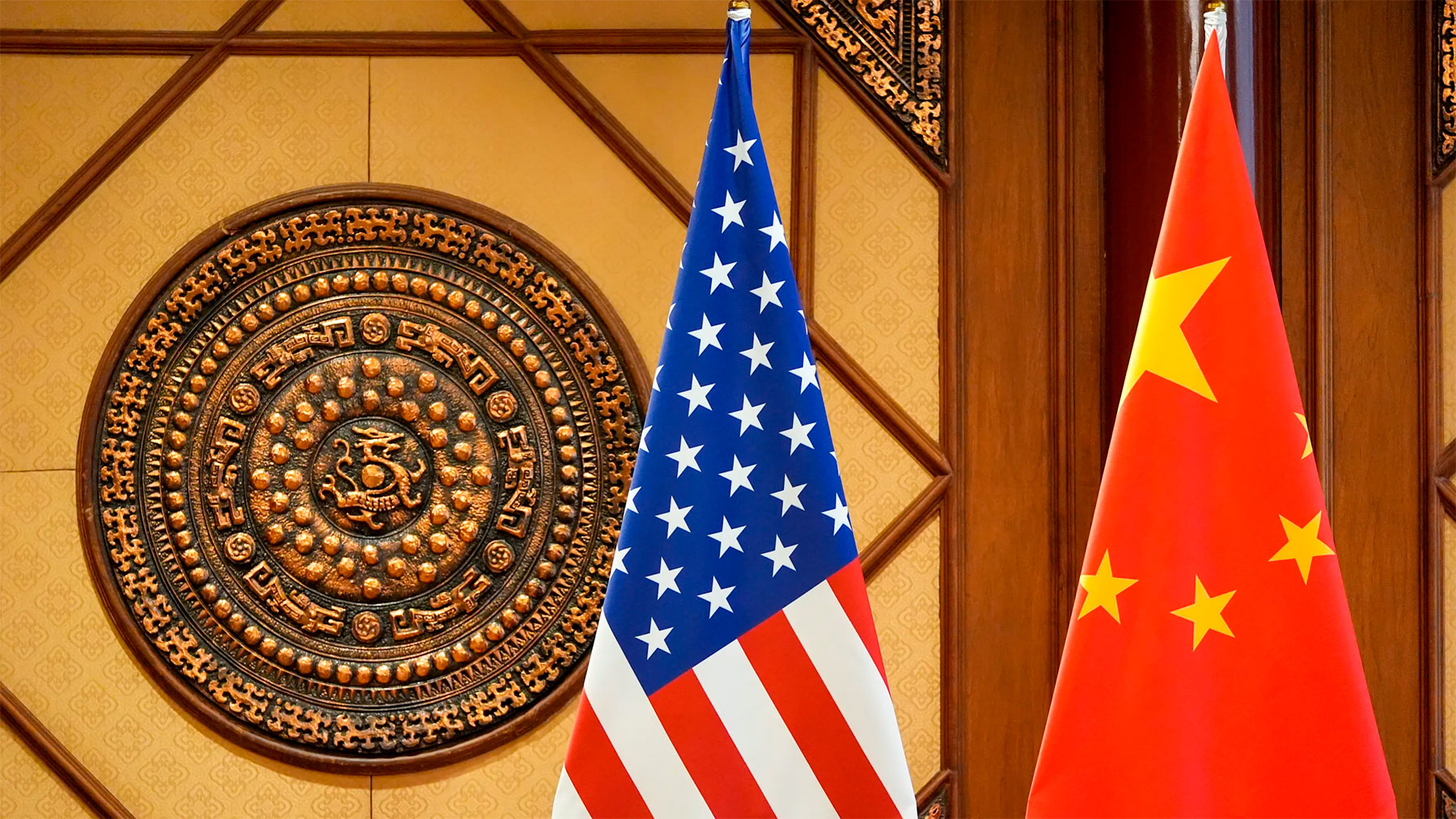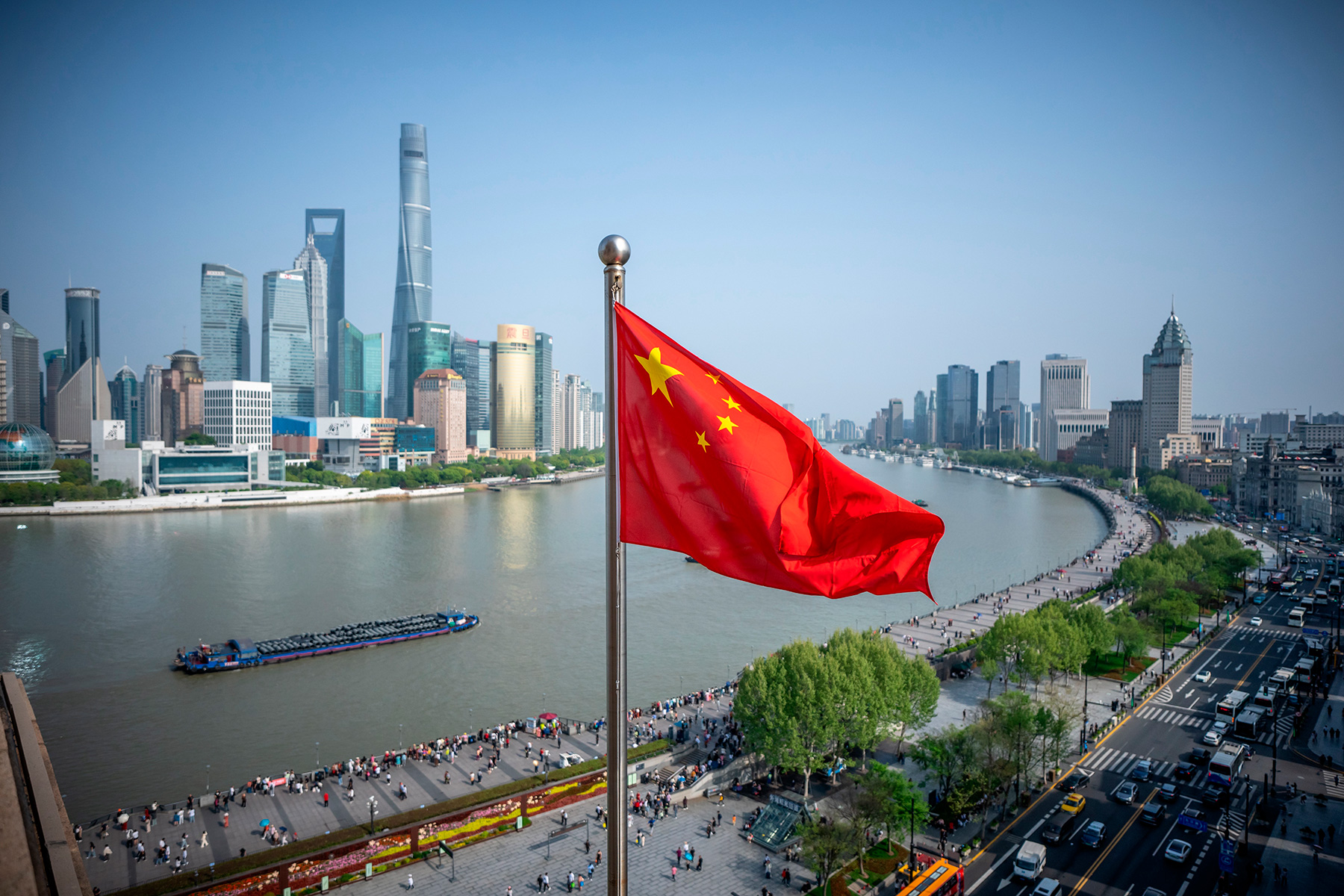Modern literature on economic sanctions focuses on the effectiveness of their application. Scholars and practitioners are interested in the extent to which sanctions help achieve certain political goals—force a political change, cause damage, limit the development of the target country, etc. Much less attention is paid to the issue of lifting or easing sanctions—why do countries that initiate sanctions reduce them? How long-term and sustainable is such a process? The lack of attention to such issues is due to justified scepticism—too often sanctions drag on for years or decades. This makes the experience of China, which managed to lift most US sanctions, even more interesting.
The process has dragged on for more than a quarter of a century, and in recent years, Washington has once again increased pressure on Beijing. However, China’s example helps shed light on the possible motives for easing sanctions or lifting them that the US has been guided by and may be guided by in the future. Three such motives can be identified. The first is to reduce sanctions in order to get closer to the target country in the interest of breaking up coalitions with its participation or containing a more significant rival. The second is to obtain economic advantages in the event of favourable political opportunities. The third is an attempt to “socialise” the target country, to integrate it into the system of bilateral and multilateral relations in order to create an economic foundation for political dialogue.
The United States has so far avoided an excessive escalation of sanctions. Export controls have been introduced for telecommunications companies and firms specialising in dual-use products, but blocking sanctions are practically not used. More than a hundred companies have fallen under secondary sanctions for cooperation with Russia, but they don’t incude any that are large or systemically important for industry. Pinpoint blocking sanctions are used against Hong Kong and the Xinjiang Uyghur Autonomous Region, but their macroeconomic effect is vanishingly small. At the same time, the current level of sanctions allows Washington to solve its political problems in a very limited way. In the foreseeable future, the pressure of US sanctions on China will increase. But a rapid increase in sanctions is unlikely. China’s economy is too large. Carpet bombing it with sanctions will cause significant damage to the US itself. The pendulum of relations between the two countries has swung from cooperation to rivalry. However, the safety margin created by China now plays into Beijing's hands.
Modern literature on economic sanctions focuses on the effectiveness of their application. Scholars and practitioners are interested in the extent to which sanctions help achieve certain political goals—force a political change, cause damage, limit the development of the target country, etc. Much less attention is paid to the issue of lifting or easing sanctions—why do countries that initiate sanctions reduce them? How long-term and sustainable is such a process? The lack of attention to such issues is due to justified scepticism—too often sanctions drag on for years or decades. This makes the experience of China, which managed to lift most US sanctions, even more interesting.
The process has dragged on for more than a quarter of a century, and in recent years, Washington has once again increased pressure on Beijing. However, China’s example helps shed light on the possible motives for easing sanctions or lifting them that the US has been guided by and may be guided by in the future. Three such motives can be identified. The first is to reduce sanctions in order to get closer to the target country in the interest of breaking up coalitions with its participation or containing a more significant rival. The second is to obtain economic advantages in the event of favourable political opportunities. The third is an attempt to “socialise” the target country, to integrate it into the system of bilateral and multilateral relations in order to create an economic foundation for political dialogue. Let us consider these motives in more detail in the context of US-Chinese relations.
The victory of the masses led by the Communist Party of China in the civil war, and the close cooperation of the PRC with the Soviet Union predetermined the policy of strict containment of China by the United States. The first trade restrictions were introduced in 1949, and in 1950 they were transformed into a total trade embargo and a freeze on China’s assets against the backdrop of the Korean War. Throughout the 1960s, the aforementioned restrictions were supplemented by sanctions regimes that the US imposed on all the countries of the socialist bloc [1]. However, by the end of the 1960s, changes were taking place. Political contradictions between the PRC and the USSR were intensifying, developing into separate border incidents. Favourable conditions had arisen for the United States to deepen the emerging split.[2] In the context of President Richard Nixon's visit to China, certain concessions were made: the visa regime was relaxed, controls on currency transactions and the licensing procedure for transactions with Chinese goods were relaxed, and opportunities were opened for the export of non-strategic goods to China. [3] The lifting of sanctions in itself was unlikely to have played a key role in changing China's foreign policy. There were more fundamental political reasons behind it and, to a certain extent, the personal role of the political leaders of major powers. However, the sanctions played an important signalling role, reinforcing the line of American diplomacy.
After the start of the policy of economic reforms in China, the signalling role of sanctions was supplemented by economic motivation. The United States had the opportunity to promote the liberalisation of the Chinese economy through the gradual lifting of sanctions. In addition to purely economic interest, the ideological aspect was also important. A large socialist country was taking steps towards elements of a market economy, thereby demonstrating the expedient nature of Marxist-Leninist dogmas. The Soviet Union, with its stagnating economy, could have found itself, and did find itself, in a losing position against this backdrop. In 1979, China and the United States signed a trade agreement, in 1980 China’s financial assets were unfrozen and export controls were relaxed, in 1985 restrictions on aid to China were lifted, and in 1988 opportunities for exporting high-tech goods to China were expanded.
The events in Tiananmen Square in 1989, at first glance, slowed down the normalisation of relations between the two countries. The United States enshrined in law a ban on the export of a number of high-tech goods, including satellites, introduced restrictions on the operations of the Export-Import Bank with China, and suspended the programs of the Overseas Private Investment Corporation and the US Trade and Development Agency. Nevertheless, economic relations picked up pace, and during the 1990s many restrictive measures against the PRC were lifted. In 1992, exceptions were introduced for aid programs to China for the supply of certain types of computers, and in 1993—for operations of the Export-Import Bank and the status of a preferential trading partner. In 1994, restrictions on the supply of telecommunications and optical equipment to China were reduced through COCOM, and in 1995 and 1996—for cryptographic and computer equipment. In 2000, normal trade relations with China were fully restored. [4]
At the turn of the 20th and 21st centuries, China was integrated into the system of economic globalisation, led by the United States. Throughout the 21st century, the volume of bilateral trade has consistently increased, with the trade balance in China’s favour. In 1999, China exported USD 42 billion worth of goods to the United States, while in 2023 this figure was USD 501 billion. In 1999, the United States exported USD 42 billion worth of goods to China, while in 2023 this figure was only USD148 billion. However, American companies actively integrated Chinese companies into their supply chains, reducing their costs. At the political level, the United States still hoped that the development of a market economy in China and the “socialisation” of the country through its active participation in the global economy would lead to the subsequent democratisation of China.
In reality, the situation turned out differently. While increasing its prosperity through participation in globalisation, China retained state control over the economy where it considered doing so necessary. In the United States, such control gave rise to suspicions of unfair competition and attempts to maintain competitive advantages through non-market methods. The Chinese authorities actively invested in the development of national industry and technology, achieving impressive success in a number of areas even despite the remaining US sanctions, for example, in the space sector. Finally, China did not want to pursue democratisation in accordance with the Western model, having drawn conclusions from the collapse of the USSR and the experience of post-Soviet Russia. Beijing consolidated its political system and strengthened the vertical of power. During the presidency of Donald Trump in 2016–2020, the United States again began to escalate sanctions against China, including in relation to the telecommunications sector, raising the topic of human rights and the treatment of ethnic minorities. After the start of Moscow’s Special Military Operation, Washington also began to actively apply sanctions against Chinese companies cooperating with Russia. [5]
Nevertheless, the United States has so far avoided an excessive escalation of sanctions. Export controls have been introduced for telecommunications companies and firms specialising in dual-use products, but blocking sanctions are practically not used. More than a hundred companies have fallen under secondary sanctions for cooperation with Russia, but they don’t incude any that are large or systemically important for industry. Pinpoint blocking sanctions are used against Hong Kong and the Xinjiang Uyghur Autonomous Region, but their macroeconomic effect is vanishingly small. At the same time, the current level of sanctions allows Washington to solve its political problems in a very limited way. In the foreseeable future, the pressure of US sanctions on China will increase. But a rapid increase in sanctions is unlikely. China’s economy is too large. Carpet bombing it with sanctions will cause significant damage to the US itself. The pendulum of relations between the two countries has swung from cooperation to rivalry. However, the safety margin created by China now plays into Beijing's hands. It is unlikely that a tsunami of sanctions similar to what we saw against Russia will be expected in the coming years.
First published in the Valdai Discussion Club.
1. Rennack, D. (1997) China: U.S. Economic Sanctions. Congressional Research Service, October 1.
2. Henry Kissinger, (2022) On China. - M. AST. 767 p.
3. Rennack, D. (1997) Op. Cit.
4. Rennack, D. (1997) Op. Cit.
5. Timofeev I.N. (2024) US Secondary Sanctions in the Russian Direction: An Empirical Analysis. Comparative Politics. Vol. 5, No. 1. – Pp. 95-114.







